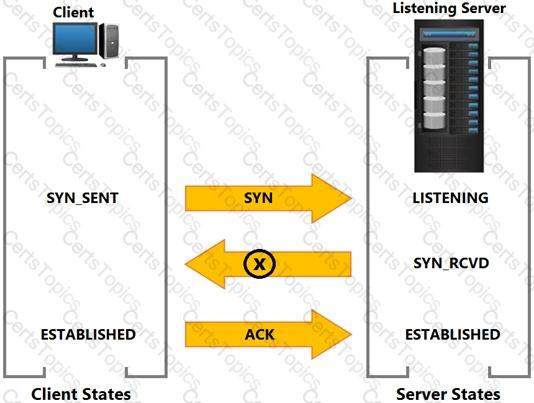EMC Related Exams
D-ISM-FN-23 Exam







What is a purpose of the policy engine in a data archiving environment?

Based on the exhibit, what does the “X” represent?